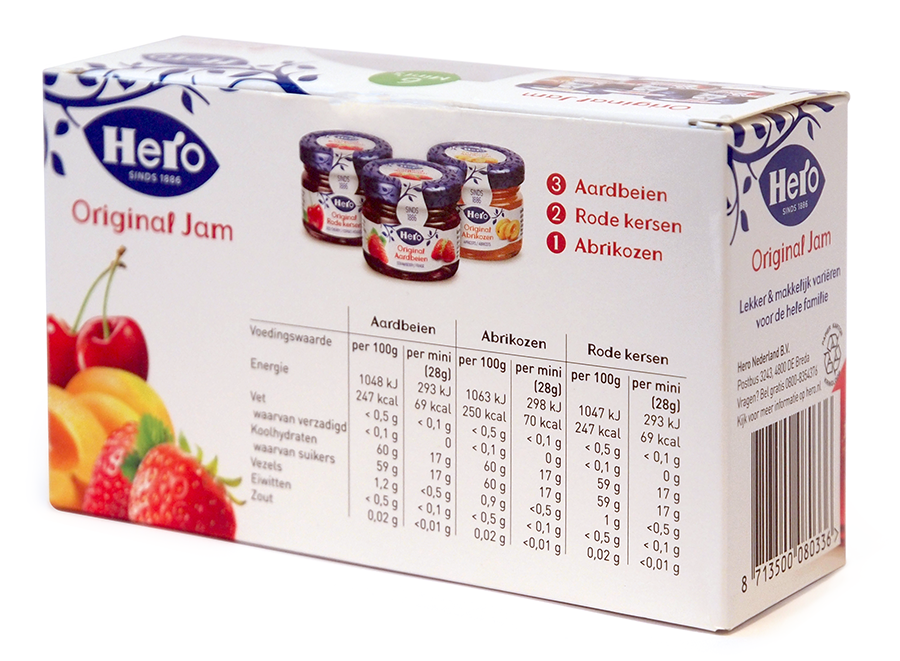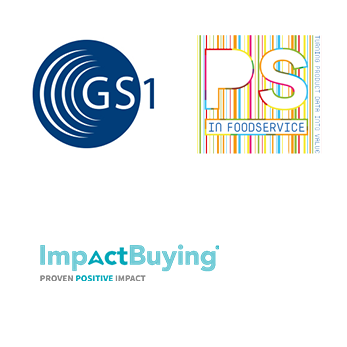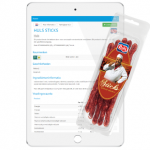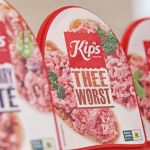Ask yourself: is product information in all touchpoints still in sync with the label?
In the past, product labels were as truthful as could be expected. All you might need to know about a product would be right there, on the list of ingredients. Whenever someone needed to know about ingredients or allergens, IT required no more than a quick glance at the label.
When it came to product information, product packaging artwork used to be a single source for nutrition facts. But with EU 1169/2011 the days of unambiguous simplicity are over.
Regulations such as EU 1169/2011 are placing greater, ambiguous demands on the way in which manufacturers need to provide product information to retailers and consumers. EU 1169 requires product information to be available at every point of purchase – online, in-store and in foodservice.

What’s more, multi-channel strategies are challenging manufacturers to provide product information in a variety of formats. A French retailer will, for example, ask for different types of information, in different formats, than e-commerce platforms like Amazon.
Finally, data pools aren’t making life any easier either. Each data pool has its own specific formats for providing information. For example, one data pool might require listing all ingredients including origin information – which is typically not included in product labels. Other data pools work with checklists, forcing manufacturers to indicate for all known allergens whether or not these are contained in the product. In some cases, however, it may suffice to provide allergen information as included on the product label. GS1/GDSN only accepts information that is on the label, nothing more.
In short, you as a food & beverages manufacturer may find yourself obliged to provide more information than typically included in the artwork; different retailers and data pools require different types of information. As a result, people spend too much time on data quests, trying to find the most recent, up-to-date product information.
Fortunately, there is a two-step solution to this problem.
Step 1: Adding a basic layer of information
The real challenge here lies in processes and technology; how can you make sure recipe changes are automatically updated across spreadsheets, packaging artwork and external channels? And, equally important; how can you make that happen without overloading the humans involved?
The first step is to make a clear distinction between the product development process and product information management. These are two separate things but are closely intertwined.
How? By adding a new information layer at the core of the process. Food Label Information is a preconfigured module that allows you to manage portioning, ingredients declaration, ingredients list, nutrients and allergens to ensure the quality of the product data – validated against pre-defined industry rules, standards and regulations, including GS1, EU1169/2011, EU2002/46, and EU2009/54.

When a recipe changes, product information needs to be updated in the product information management system; from here the product label will be altered, new pack shots can be made, internal teams and external channels will be updated, and so on. This applies to new product development (NPD), existing product development (EPD) and product maintenance; whenever someone alters the product recipe, the product development team should be able to register those alterations in the product information management system. Then, those changes will be processed by the packaging team, to make sure that customer service has the most recent product information and visuals.
Therefore, these processes should be clearly connected; once product development has implemented changes, these need to be implemented in the label and artwork process. After all, product labels have to be in sync with the most recent recipe information.
Step 2: Syndication, automated distribution of label information to retailers and data pools
Once you have a central source of truth, it is vital to syndicate this product information via a standard mapping to all external channels, including retailers and data pools. After all: different channels require different types of information and formats.
With 1-Click Product Data Distribution, you may rest assured that the data format matches external channel requirements and that data are validated against the specific rules of each data pool.
We take care of the data exchange format, so all your employees need to do is make sure that product data is up-to-date.
And after all, that task on its own is cumbersome enough.


